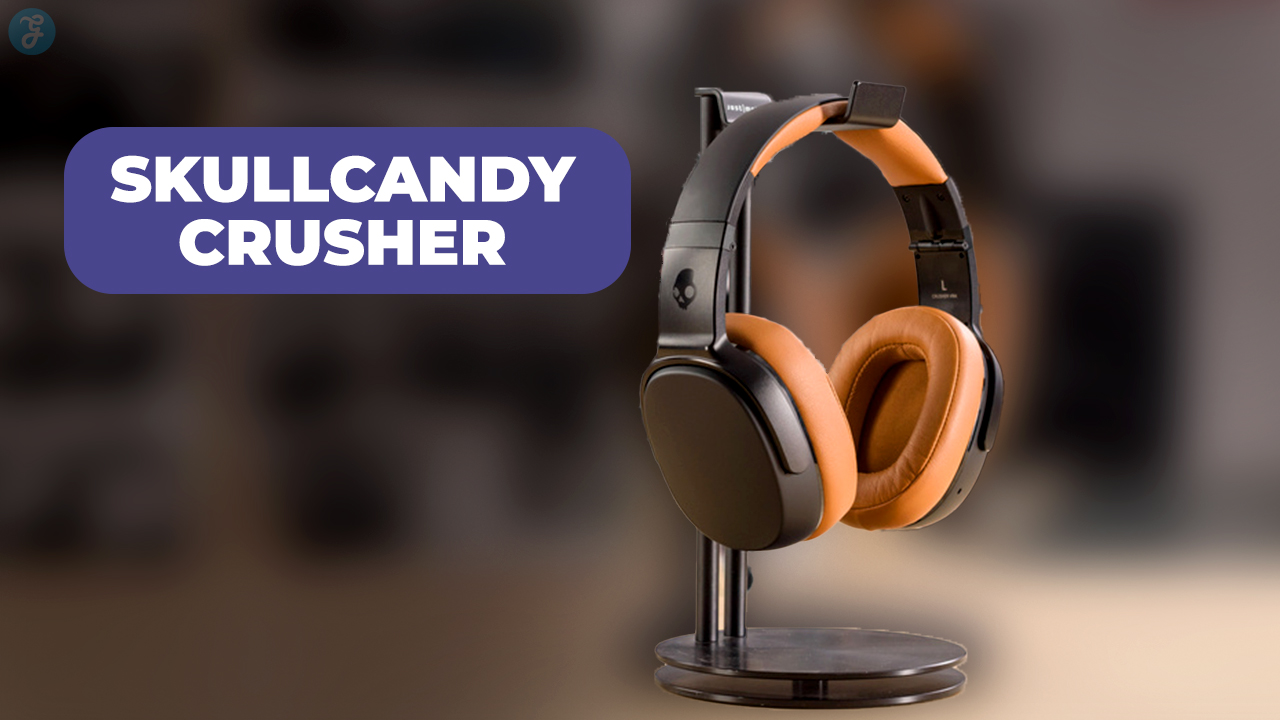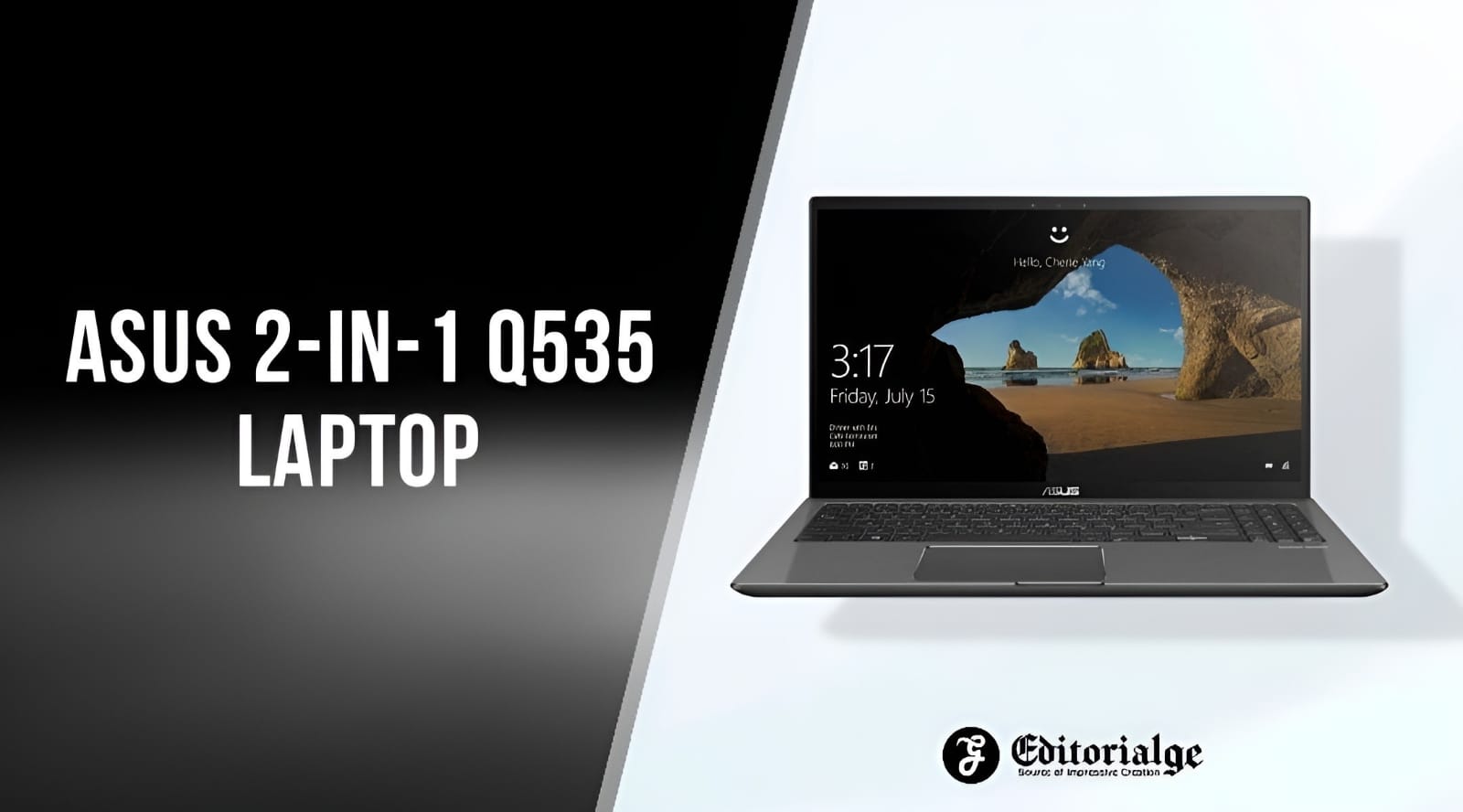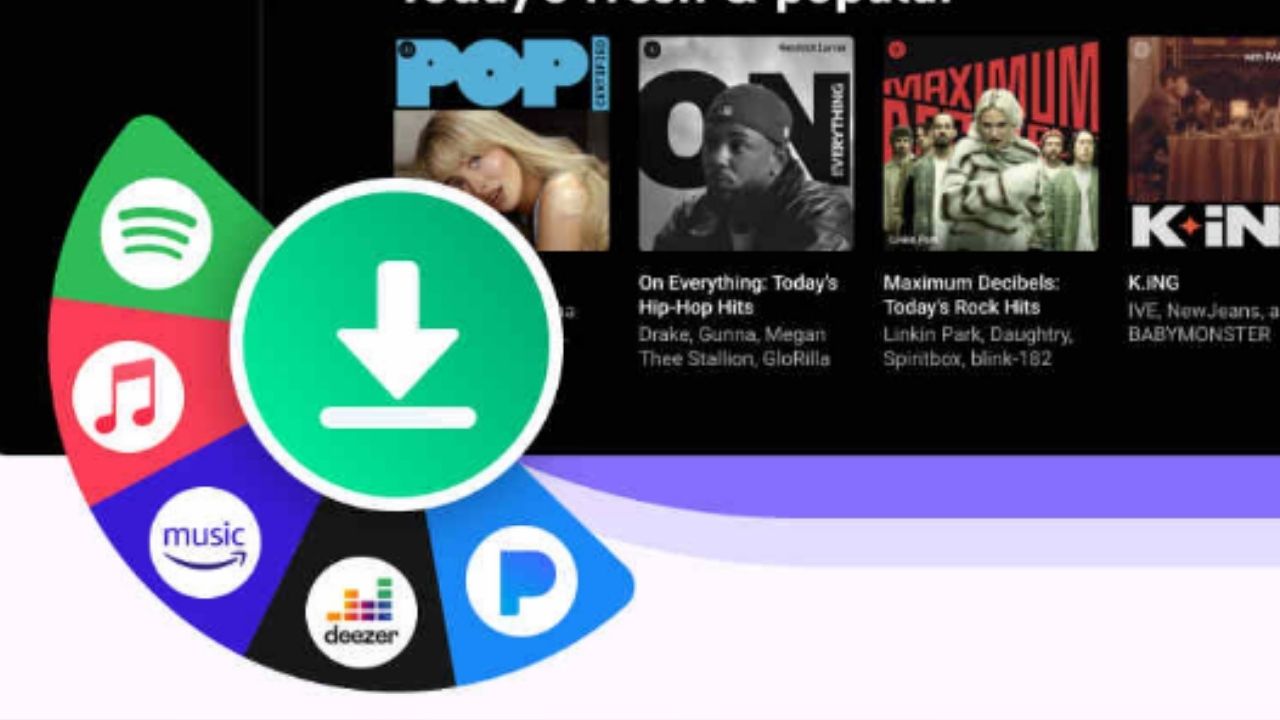So, you’ve decided to host a webinar—awesome! But here’s the thing: choosing the right webinar platform is kind of like picking the right pair of shoes. You need something that fits just right, is comfortable to use, and, of course, looks good. But don’t worry, we’re here to make this process a whole lot easier. After all, the last thing you want is for your webinar to be hindered by clunky tech or a bad user experience.
With so many platforms out there, it can feel overwhelming. But hey, no need to panic! By the end of this article, you’ll know exactly how to choose the platform that’ll make your webinar a success—whether you’re presenting to a small team or a global audience. So, let’s get started!
What’s Your Goal? Let’s Start Here
Before diving into the specifics of your platform webinar, it’s crucial to first define your ultimate goal. Are you organizing a high-energy product launch that requires audience engagement? Or are you hosting an internal meeting with just a few key participants? Perhaps you envision a one-way presentation, where content is shared without real-time interaction.
Clarifying the purpose of your event will help you select the best platform. For example, if you’re aiming for a dynamic, interactive experience, look for features like live chat, real-time Q&A, and audience polling. These tools can make your event more engaging and allow for direct communication with attendees. On the other hand, if you’re delivering a lecture-style presentation, your priorities might shift to a platform that excels in video and audio quality, providing a seamless viewing experience with minimal distractions. The key is to match the platform’s capabilities with the nature of your event.
Ease of Use: No One Wants Tech Hiccups
Picture this: You’ve meticulously prepared for your webinar, your slides are polished, and you’re feeling confident about the content. But then, right before you go live, you find yourself tangled in technical issues. Frustrating, right? That’s why ease of use should be one of your top priorities when selecting a webinar platform.
Look for a platform with an intuitive interface—one that doesn’t require you to be a tech expert to navigate. The simpler the setup, the better. A smooth user experience means less time spent troubleshooting and more focus on delivering your content seamlessly. Well-known platforms like Zoom and Google Meet stand out for their straightforward, user-friendly setups that allow you to get up and running without a hitch.
It’s also important to avoid platforms with excessive features that might end up being more confusing than helpful. While a multitude of options might seem appealing, having too many can lead to unnecessary distractions and increase the likelihood of problems. Choose a platform that offers just the right set of features—enough to meet your needs without overwhelming you. Remember, sometimes less really is more when it comes to hosting a webinar online meeting.
Interaction Tools: Make It Engaging
Want to keep your audience engaged? Then make sure your platform has the right interactive tools. Think about things like:
- Live Q&A sessions: Can your attendees ask questions during the event? This can make your session feel more like a conversation, rather than just a one-way broadcast.
- Polling and Surveys: These are great for keeping your audience involved and gauging their interest on different topics.
- Chat Features: Real-time chat lets your audience communicate with you or each other, which can be a real game-changer for building a community feel.
When you can interact with your viewers (and they with each other), it makes your webinar feel more personal and less like a lecture. Interactive elements encourage participation, which is key to creating memorable experiences.
Streaming Quality and Performance: Clear and Reliable
We’ve all experienced the frustration of watching a live stream that keeps buffering or listening to someone speak while the audio intermittently cuts out. It’s not just annoying; it can also completely ruin the experience for both you and your attendees. To avoid this, it’s crucial to choose a platform that offers reliable, high-quality streaming.
Look for platforms that provide HD video and clear, uninterrupted audio. Clear visuals and sound will keep your audience engaged and ensure that your message comes across loud and clear. It’s equally important to assess the platform’s performance under heavy traffic. If you’re expecting a large number of attendees, the platform must be able to handle the load without crashing or lagging during the event.
Platforms like WebinarJam and GoToWebinar are well-regarded for their ability to support large audiences without sacrificing quality. Additionally, these platforms often include features like session recording, allowing you to capture the webinar for future use or share it with those who couldn’t attend live. A strong, reliable streaming experience will keep your event smooth and professional, helping you make a lasting impression.
Scalability: Will It Grow With You?
As your webinars grow, your platform should be able to scale with you. This means it should have the ability to accommodate a larger number of attendees, extra features, or even multi-session events.
For example, if you start off with a small group and later decide to host larger, multi-day events, will your platform be able to handle that shift? Platforms like ON24 or BigMarker are built to scale up and allow for more complex event formats, making them ideal if you’re planning a long-term webinar strategy.
But scalability doesn’t just mean attendee numbers. It also includes customization options, like the ability to create branded event pages, tailor the user experience, or add features as your needs evolve.
Support and Customer Service: Don’t Go It Alone
If you’ve ever tried troubleshooting a problem on your own, you know how frustrating it can be. That’s why customer support is such an important factor. You don’t want to be left hanging when something goes wrong.
Check to see if the platform offers 24/7 support, and whether they have a variety of contact options (email, chat, phone). Some platforms even offer dedicated customer success teams to help you set up and troubleshoot. A little peace of mind goes a long way when you’re managing a live event.
Budget: Finding the Sweet Spot
Let’s face it: budgets matter. While you might be tempted to go for a premium platform with all the bells and whistles, you don’t always need to break the bank. There are great options for all kinds of budgets, from free platforms like Google Meet (which works well for small groups) to more robust paid services like WebinarJam and Zoom Webinars.
Take a moment to consider your needs. Do you really need all the advanced features that come with a higher-tier platform? Or will a simpler tool do the trick for now? The right balance of price and functionality will depend on how often you plan to host webinars, the scale of your events, and the level of customization you require.
Conclusion
By now, you should have a clear idea of what to look for when choosing a webinar platform. Whether you’re aiming for simple and effective or large-scale and feature-packed, there’s a perfect fit for every type of event.
Remember, it all starts with understanding your goals. What do you need the platform to do? Once you know that, the rest falls into place: from the ease of use and interaction tools to streaming quality and support.
So, go ahead—pick the platform that’s right for you and get ready to host an unforgettable online event. Happy webinaring!





































